Shigaraki Bamboo Flower Vase by Hideki Yanashita
Shigaraki Bamboo Flower Vase by Hideki Yanashita
Couldn't load pickup availability
Width 10.0cm Height 24.5cm
The coexistence of simplicity and elegance - giving Shigaraki clay to the style of a bamboo vase
This piece, Shigaraki Bamboo Vase, is a contemporary piece that replaces the shape of the standard bamboo vase used in the tea ceremony with the earthenware and firing process of Shigaraki. Bamboo vases were originally made from natural bamboo and are beloved for their rustic charm and for creating a sense of the seasons in the tea room. Yanagishita Tokiki has reconstructed this bamboo vase using ceramics, giving the traditional form a new look and texture.
The expressions created by Shigaraki ware clay and firing
Shigaraki ware is a type of pottery that developed in the Shigaraki area of Koka City, Shiga Prefecture, and is said to have originated in the firing of tiles for the construction of the Shigaraki Palace of Emperor Shomu in 742. During the Muromachi period, it gained a base as tea ceremony ware, and was repurposed into flower vases and water jars, with everyday items such as tsukubai (a bowl made of stone basins), oni-oke (a wooden bucket made of oak), and ramie-oke (a wooden bucket made of ramie).
This piece also shows the unique firing process of Shigaraki ware:
Ash covering : Wood ash falls on an unglazed base, creating a natural glaze.
Glaze flow : The appearance of natural glaze melting and flowing away
Dragonfly eyes : Round pools of glaze that form at the end of the glaze flow
Fire color : Skin that turns red due to a direct hit from flames
Scorched : Areas that are buried in ash and burned to a dark brown color
Stone granules : Feldspar grains in the clay become exposed during firing and become white grains
All of these elements are manifested in the pottery through uncontrollable forces of nature, and they are what make Shigaraki ware so appealing.
Design and usability as a vase
This piece has a long, slender cylindrical shape, and is designed specifically for a single plant or several branches, so it can be used in any environment, such as on the wall of a teahouse or a modern home, in a tokonoma alcove, or in front of an axis. The varied glaze and rough clay surface contrast well with seasonal flowers and wildflowers, and act as a backdrop that brings out the colors and lines of the flowers.
What is particularly noteworthy is that the firing marks on the surface of the vessel create a corresponding relationship with the flowers. For example, arranging autumn grasses in the fire-colored part brings out the seasonal feeling more clearly, while spring wildflowers look great against the bleached surface of the ash-covered vessel.
The Approach of Yanagishita Tokiki: Reconstructing Shigaraki Ware
Yanagishita Tokiki continues to create pottery in Iga that reconstructs a variety of traditional techniques such as Shigaraki, Iga, and Oribe in a contemporary way. This piece, Shigaraki Bamboo Vase, also follows tradition, but does not just follow it in form; it is an experimental result that develops the "expression of earth and fire" in the contemporary world through redesigning the shape and intentional control of the firing .
The technique of reading the flow of wood ash during firing and shaping the piece while imagining the movement of the fire is not simply simple but is backed by the logic and experience of the art of firing, and steadily expands the possibilities of Shigaraki as a material for tea ceramics.
The Shigaraki Bamboo Vase is a masterpiece that recreates the bamboo vase, a traditional form of tea ceremony, using Shigaraki pottery. The expression of the vessel is complex but not overly decorative, and is designed to harmonize with nature and resonate with seasonal flowers.
This vase is the culmination of firing techniques, design, and an understanding of the soil, and is highly refined as a vase that is both practical and aesthetically pleasing. It can also be said to be one of the culminations of Yanagishita's reconstruction of Shigaraki.
Hideki Yanashita Profile
Ceramicist 1967 –
Born in Tokyo, Yanagishita is currently based in Iga, Mie Prefecture. Fascinated by pottery from the Momoyama period, he embarked on the path of ceramics. After training in Shigaraki, he built his own anagama kiln in Iga, Mie Prefecture, and opened the Kanda Kiln. Under the tutelage of Sadamitsu Sugimoto, Yanagishita has been creating a wide variety of works , including Raku ware, Yakishime, Ido, and Oribe, while deeply exploring the world of wabi-sabi from his own unique perspective. An important theme in Yanagishita's creations is the quest for new heights , born from the incorporation of modern materials and unique approaches while deeply studying the techniques and spirit of his predecessors. His works question essential beauty that is timeless, and invite the viewer into a deeper world of art.
Base of operations : Iga, Mie Prefecture
Share
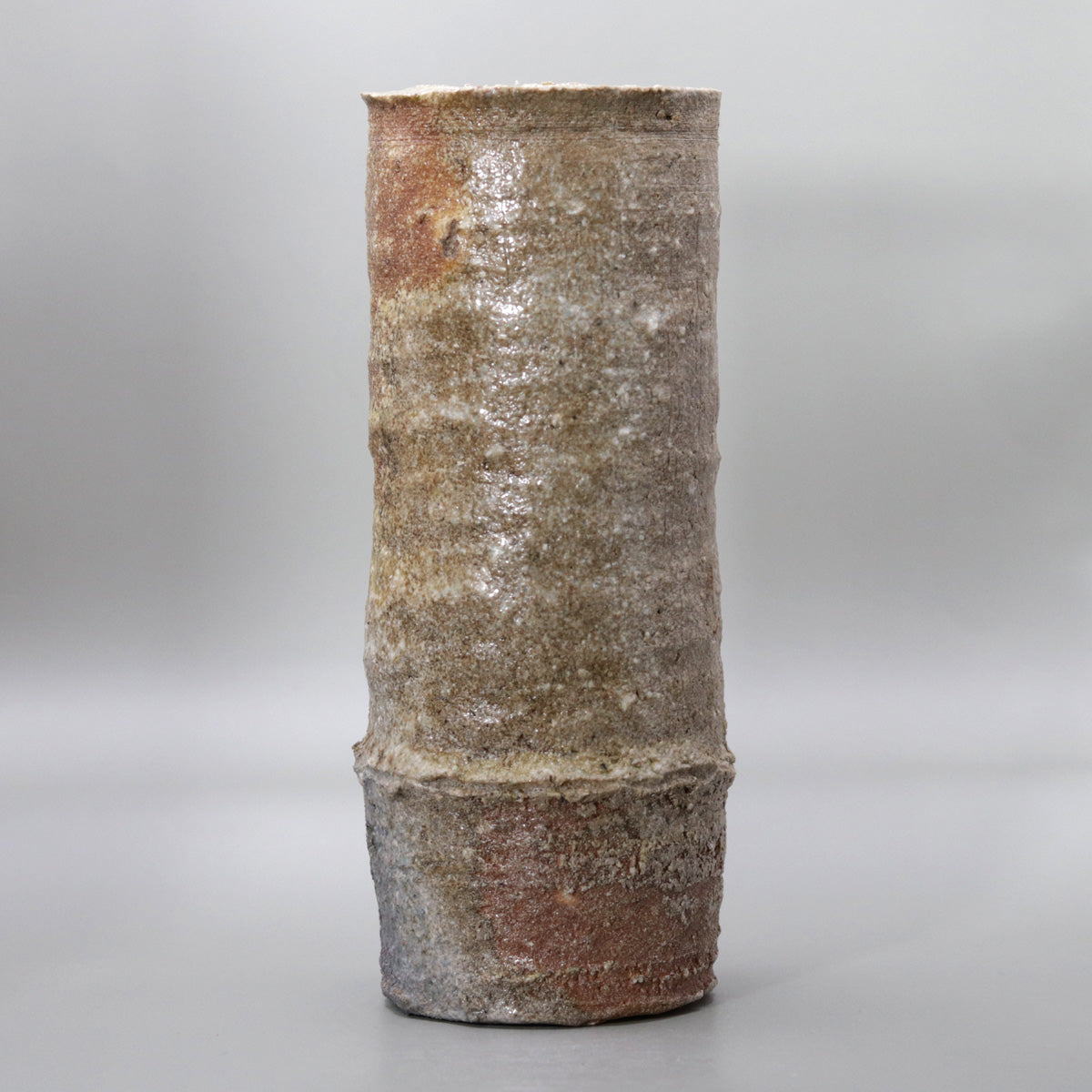
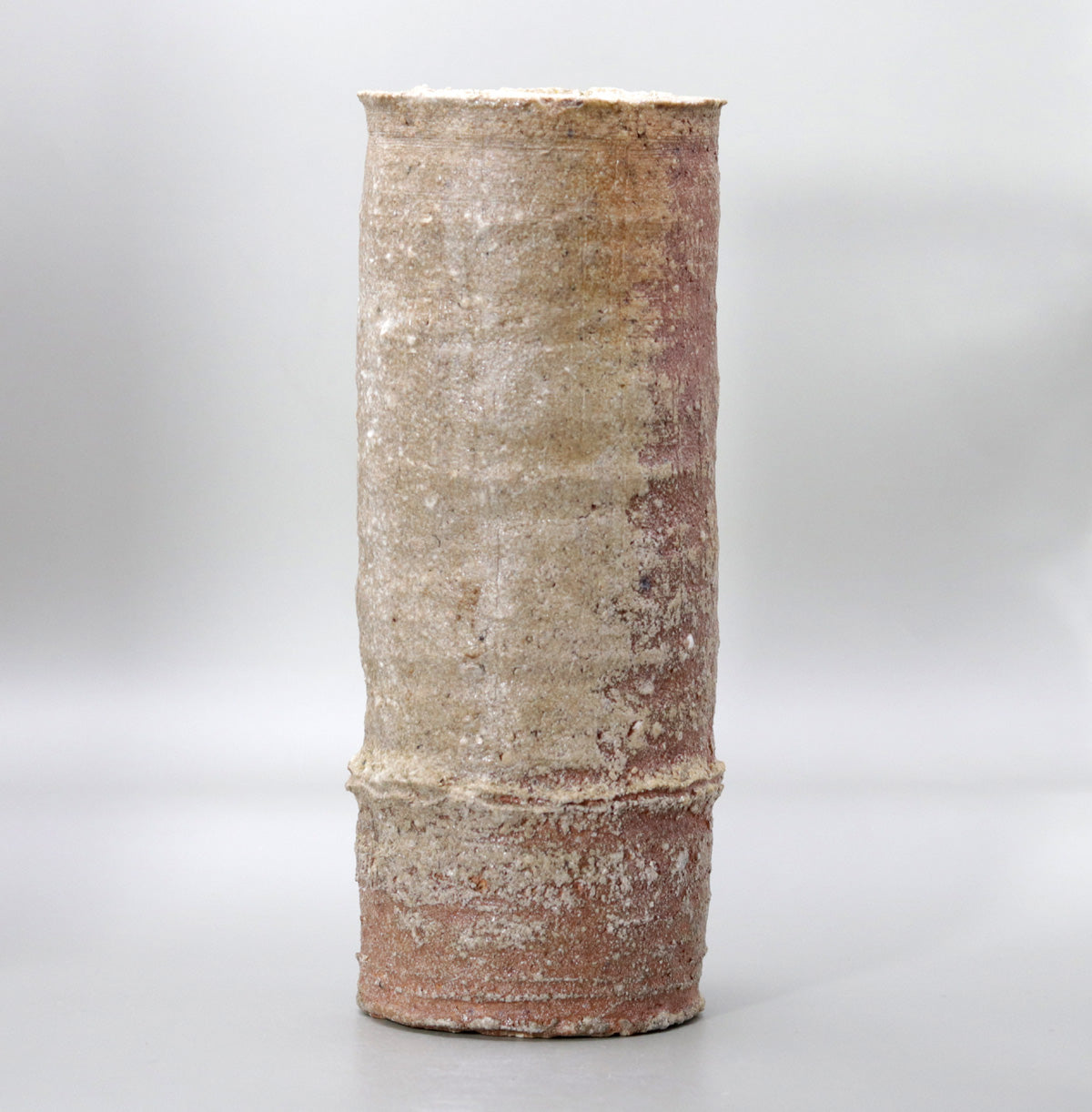

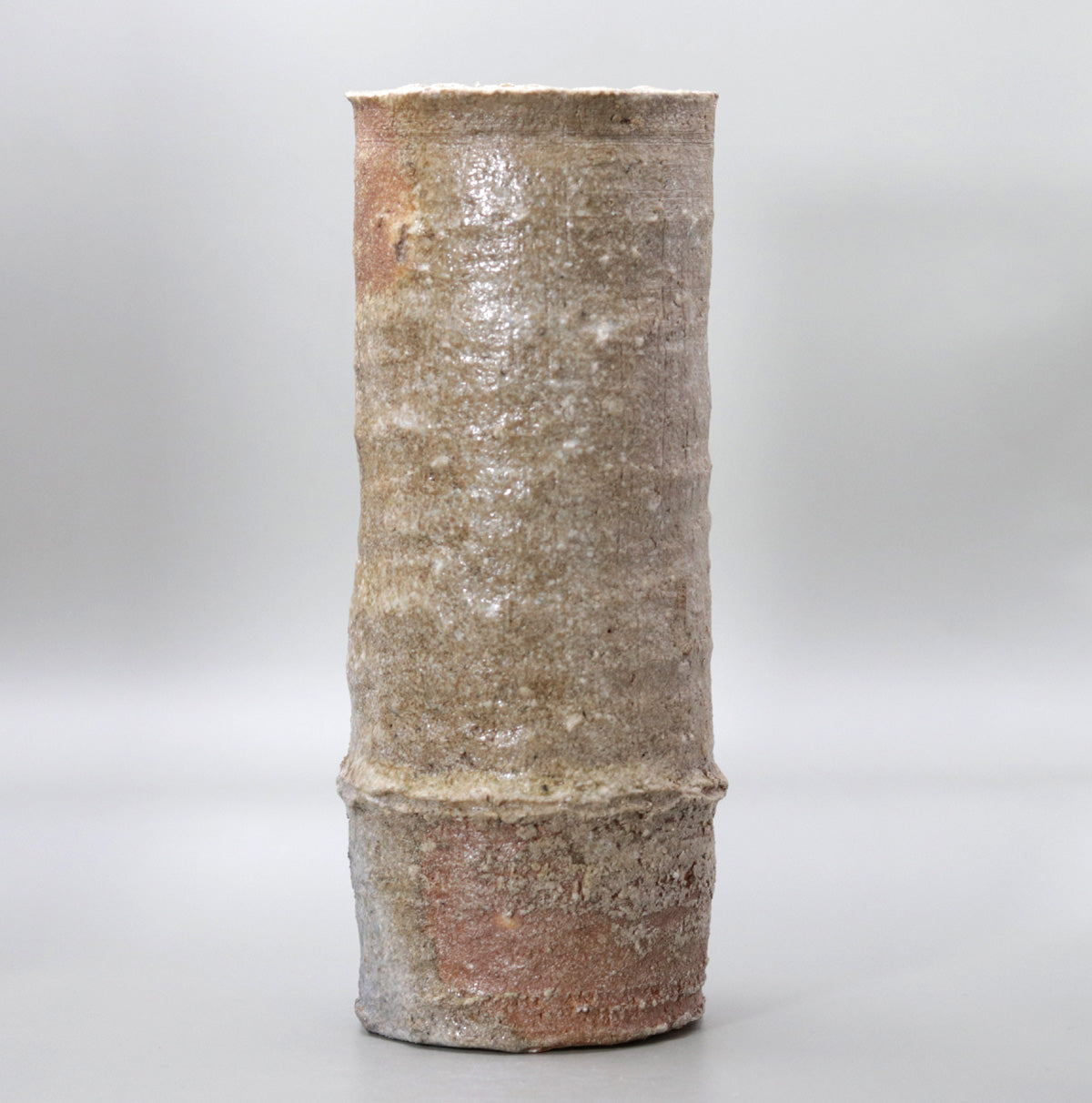
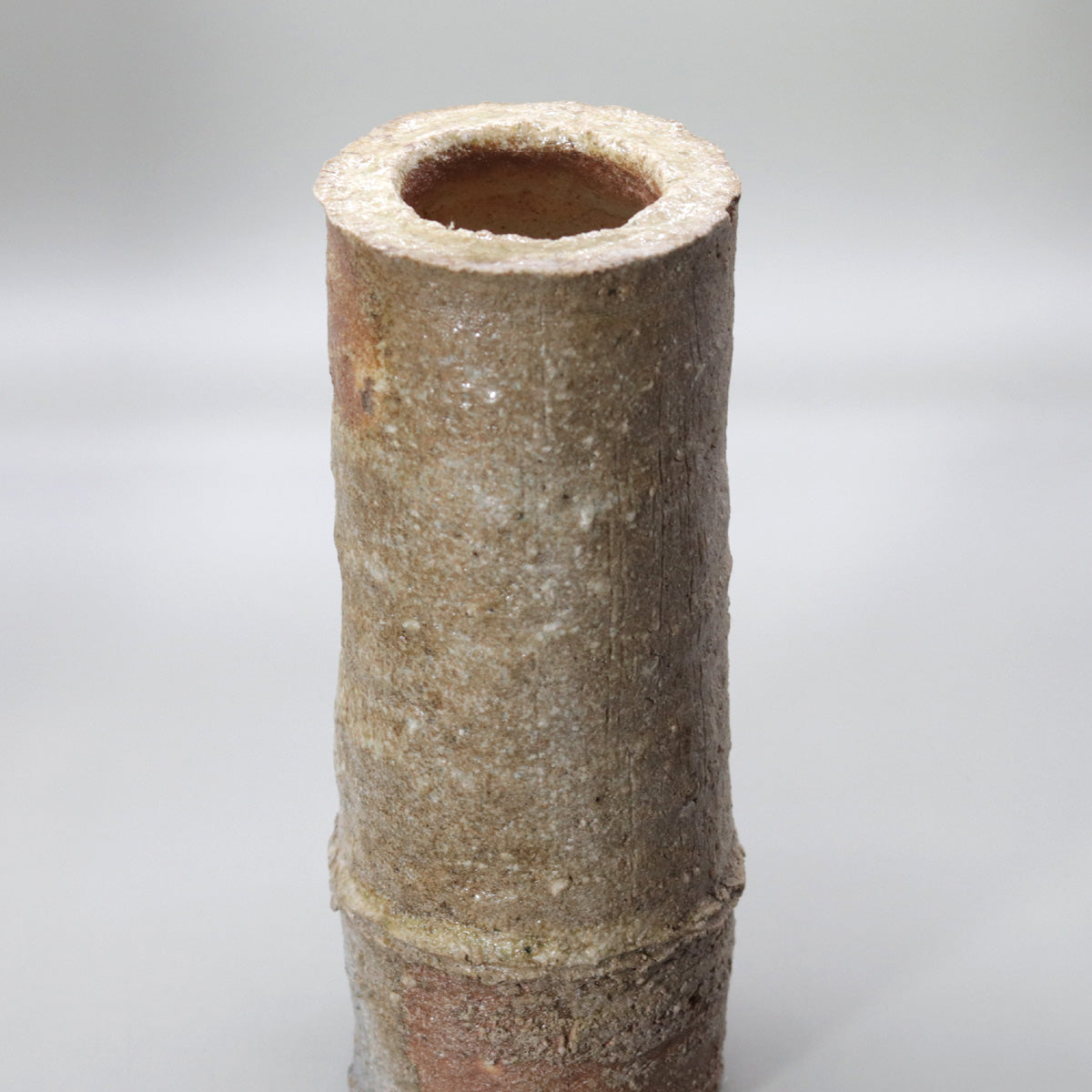


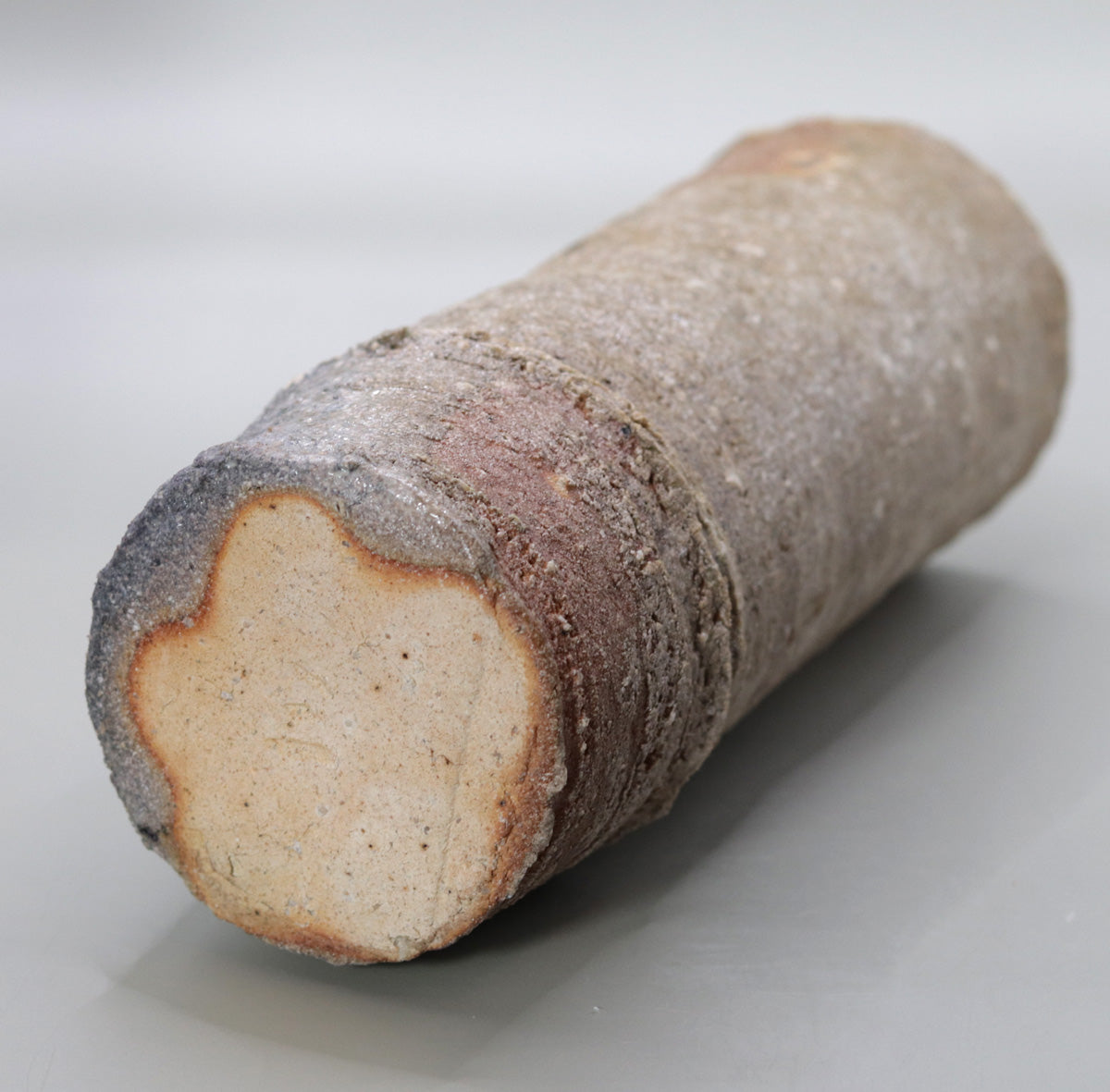
Multi-Column
-
[I will send it to you quickly and carefully]
We carefully package each product in a way that suits it best.
Also, delivery times vary depending on the piece (vessel, etc.).
Items that already come with a box will be shipped within 1-3 days of the order date.
For items that require a box to be made after your order, it will take approximately 30 days for production to be completed and then shipped.
In either case, once we have confirmed your order, we will contact you by email to inform you of the delivery date.
-
[Requests when purchasing pottery]
Even products that look the same may differ slightly in color, shape, size, etc.
The way the glaze is used, the power of the kiln, the firing method, the season, and the humidity also affect the appearance of the pottery.
Please understand the individuality of each piece of pottery and enjoy the unique warmth of handmade.








